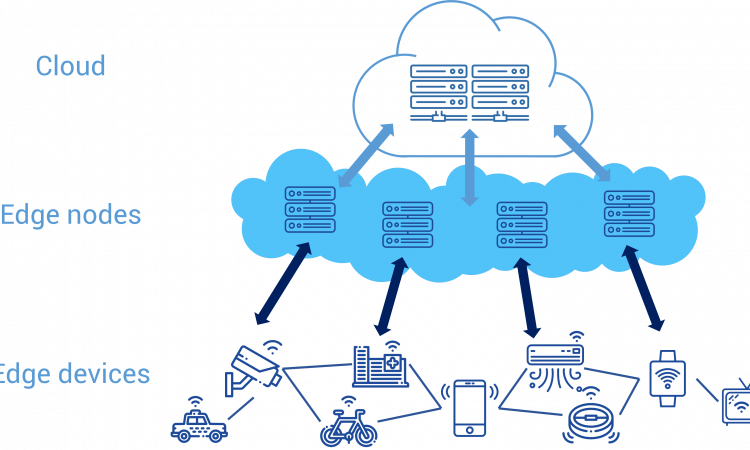
Edge Cloud, originating from the word “edge,” is a software as a service (SaaS) platform used to help organizations scale their IT infrastructure. Unlike traditional cloud technology, edge cloud keeps costs low and increases agility for these organizations by leveraging more than 120 standard public cloud and on-premises technologies.
The platform was developed in response to customer demand for greater efficiency, agility, and speed of outages with their IT infrastructures by utilizing existing systems and practices within the organization. Edge Cloud uses open APIs or smart home app that are compatible with all infrastructure technologies so that organizations can use them without installing or changing anything.
Why Edge Cloud?
Cloud services are pervasive. From small businesses to global giants, most have some cloud infrastructure. It’s a great way to keep an on-the-go workforce connected with their data and files in the hands of a team that can provide them with 24/7 support.
The problem is that cloud services are expensive and aren’t always reliable or agile. It can be challenging for small business owners to justify the high costs of having someone else maintain your infrastructure when you already have teams whose responsibilities include IT management duties. For larger organizations, cloud services may not be up to par with the needs of fast-paced operations and scalability concerns, especially as they grow.
Edge Cloud is a solution. It brings the benefits of the cloud to the enterprise by providing IT infrastructure as a service (IaaS) via high-performance cloud infrastructure that is easily managed and updated remotely. Edge Cloud provides an easy way to build an enterprise-wide, highly available infrastructure that can scale to meet constantly increasing demand for capacity and speed.
In addition, Edge Cloud provides critical IT tools like dienmern air quality monitor and standards for administrators to help them proactively manage their organization’s IT environment proactively. Edge Cloud complements companies’ own IT environments through a single pane of glass interface that simplifies administration and increases efficiency between teams at work and away from their desks.
Benefits of edge cloud include:
Speed and Latency
The longer it takes to respond to an incident or cloud outage, the higher the cost and risk of incident. Edge Cloud is a fast and reliable service that can react quickly to any problem.
Scalability
Edge Cloud uses standard public cloud technologies and on-premises infrastructure assets to scale as your organization scales. It is designed to automatically scale up as needed while minimizing any impact on end-user productivity and security. You can keep pace with increasing demands for both data storage and bandwidth.
Agility
Using best-of-breed, standards-based technology enables Edge Cloud to be agile and easily adaptable as the business environment changes. Edge Cloud can be deployed across multiple regions to meet the demands of a global organization.
Cost Savings
Edge Cloud provides a cost-effective way for organizations to eliminate the expense of capital outlays and high management costs while allowing them to maintain control over their IT infrastructure. Customers can leverage their existing human capital, including IS teams already dedicated to supporting and securing their data centre infrastructure. Server time, storage space and bandwidth are billed in a pay-as-you-go model with no extended commitment periods or upfront costs.
Greater Reliability
The world of IoT includes sensors, connected devices, and billions of new users. Edge Cloud is designed to meet the challenge of security-related issues and provide high availability, business continuity, and disaster recovery solutions. This means you can build a stronger foundation for today’s business by ensuring your IT infrastructure is protected from emerging risks, such as ransomware attacks and cyberattacks. Edge Cloud’s Automatic Threat Management (ATM) feature can pinpoint the source of security alerts and block threats at the start before they can reach critical endpoints.
